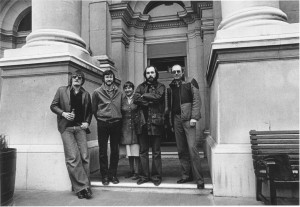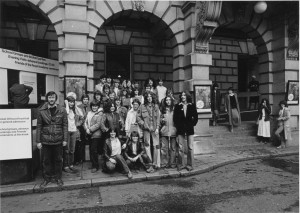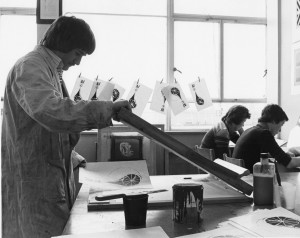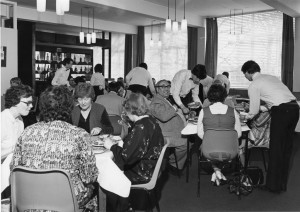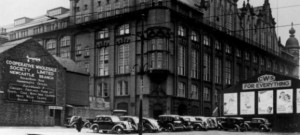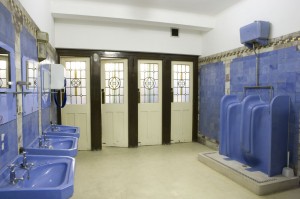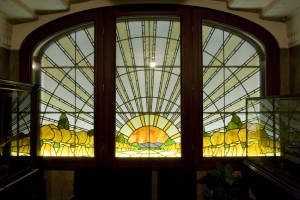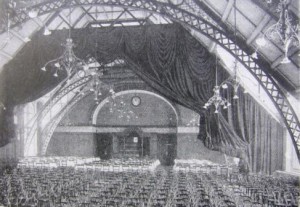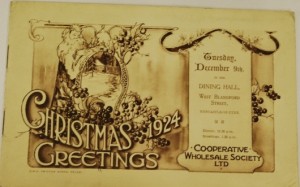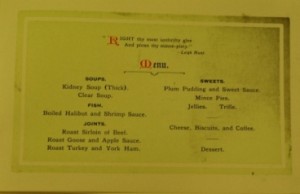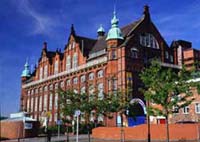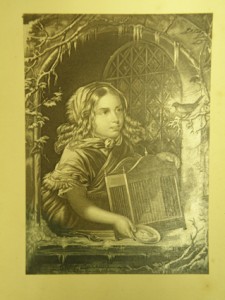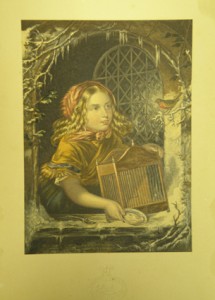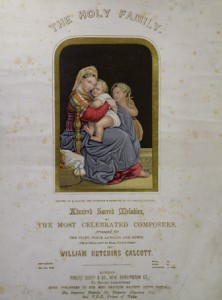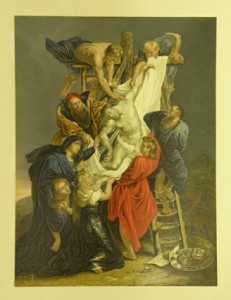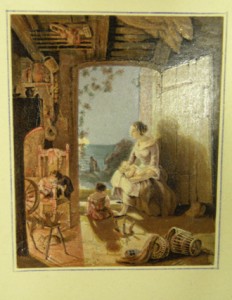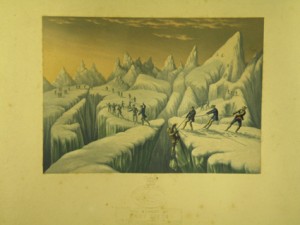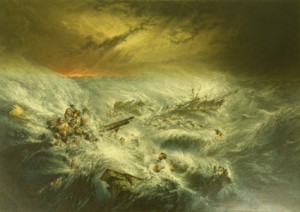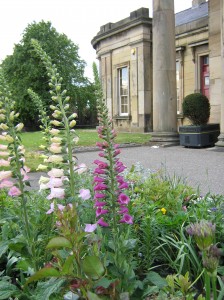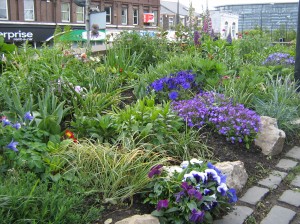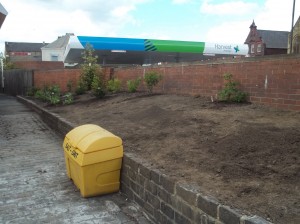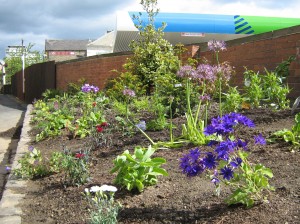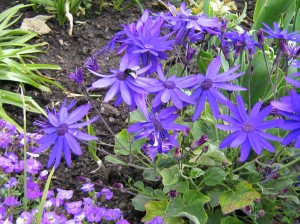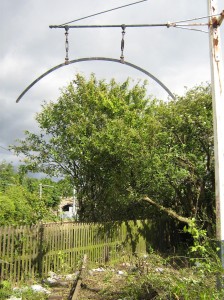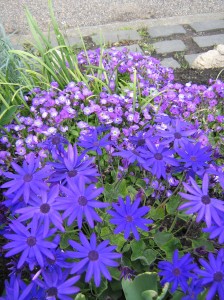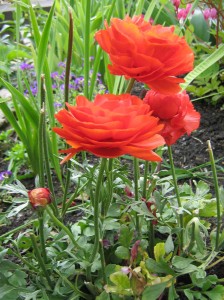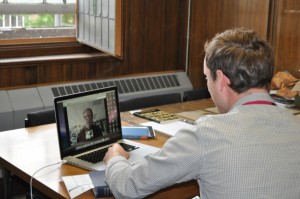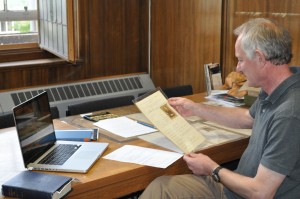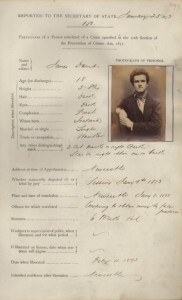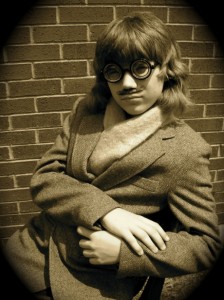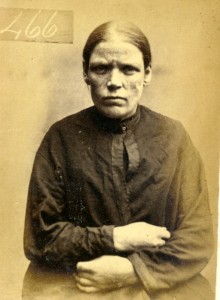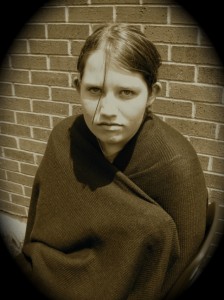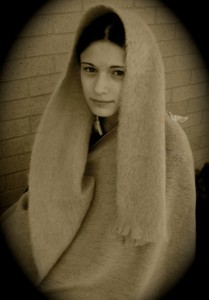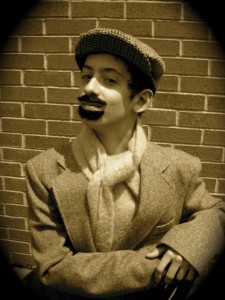Hello. This is Jean and Wendy with more information about Bob Renaut who lectured in Art, Design and Photography at South Shields Marine and Technical College during the 1970s, 80s and 90s.
We would like to show you some photos taken in the 1970s of a college trip to the art galleries of London. Were you one of the students or lecturers on this trip? What was the year?
In the photo below, the lecturers are posing on the steps and Bob can be seen on the far right of the group. The man on the left is looking very cool with his wide-legged jeans, shades and his drink.
Students and lecturers can be seen posing outside the Royal Academy of Art in London, below. The posters on the building advertise a Post-Impressionism exhibition. We love the impoverished art student look of the long-haired young man standing at the front of the group – with his long hair, cigarette in hand and patches on the well-worn, faded jeans!
The photo below shows students hard at work in an art class, the young man standing is doing some screen printing. The print appears to be a cross section of an orange with the juice running into the neck of a bottle. The man sitting at the back is sketching a self portrait, while looking at a mirror in front of him.
We think this is a great picture of people in the restaurant at the college, which is called ‘The Clipper Suite’.
They are enjoying a meal which has been prepared and cooked by the catering students. They are also being served by students learning how to apply the silver service technique. This was a very popular place to eat, as you can see by the smile on the gentleman wearing spectacles, who is looking straight at the camera. These meals were of restaurant standard but at subsidised prices!
In the next blog post we will show you some of Bob’s photographs taken at North Shields fishquay. Until then, take care, be good, bye bye 🙂
